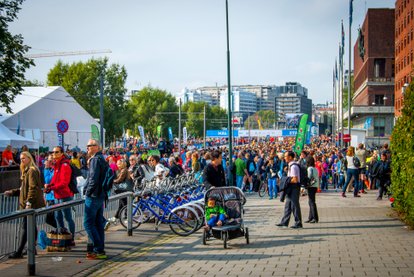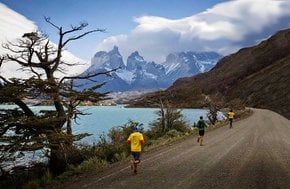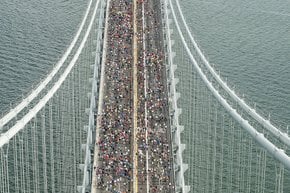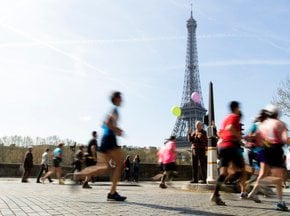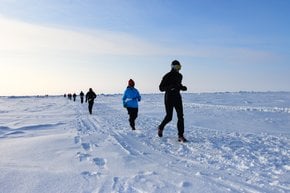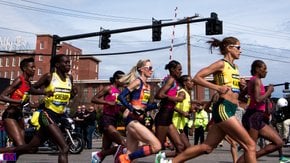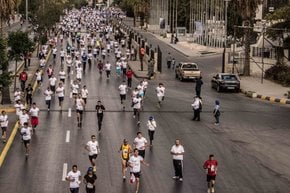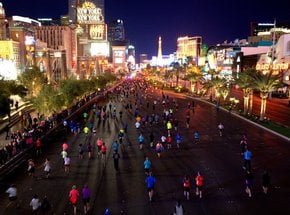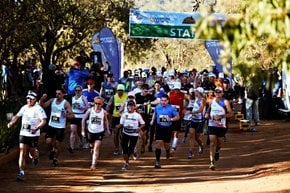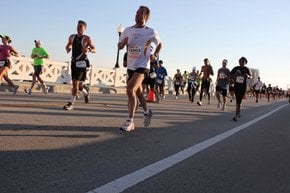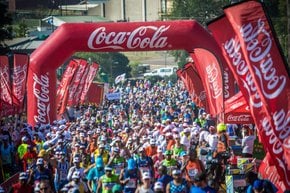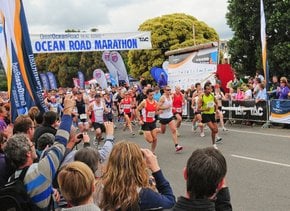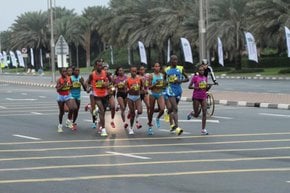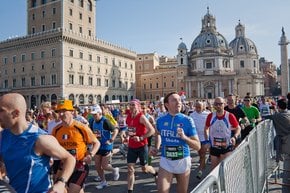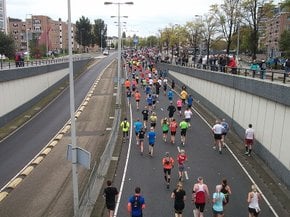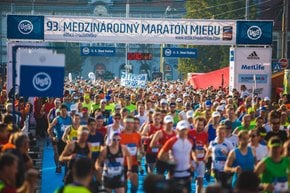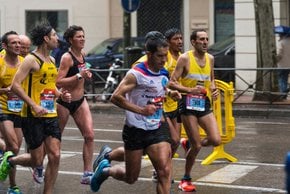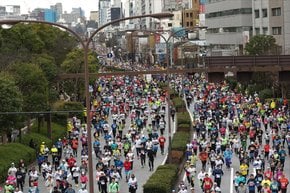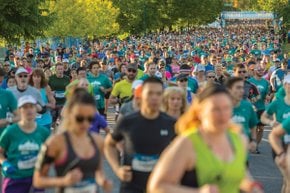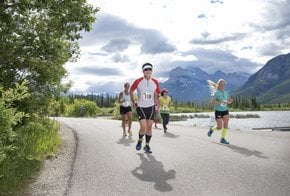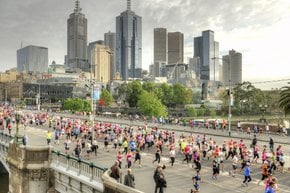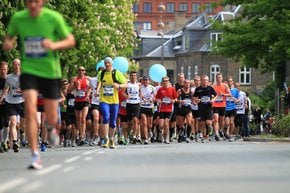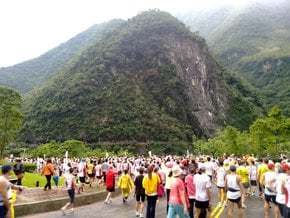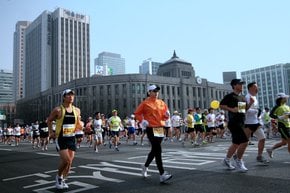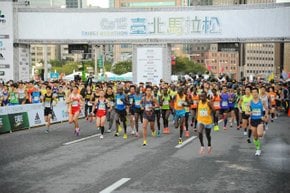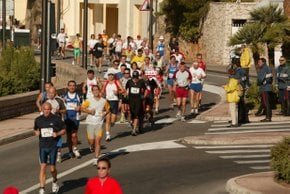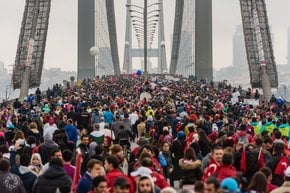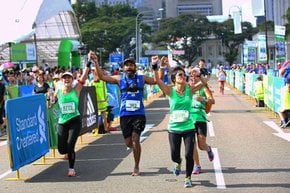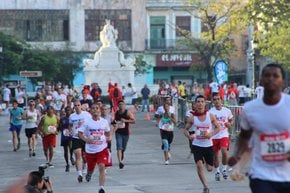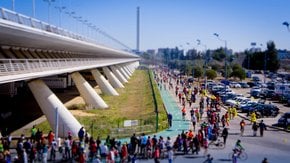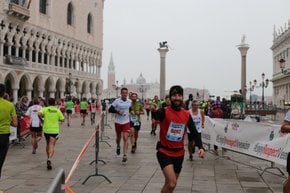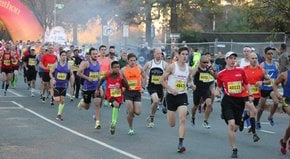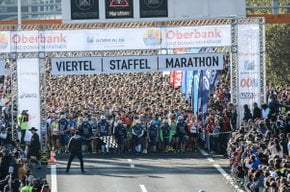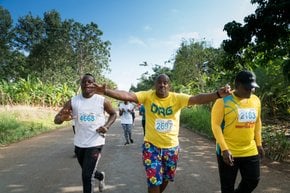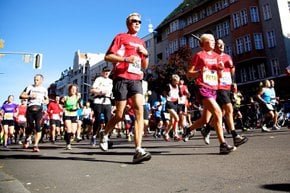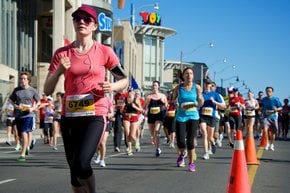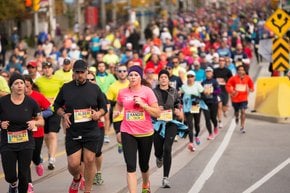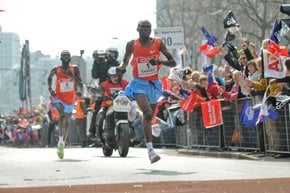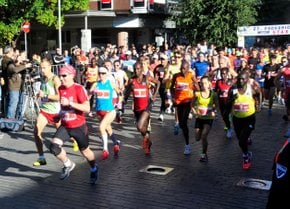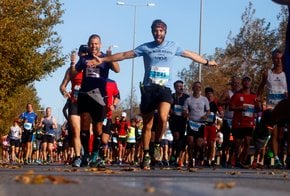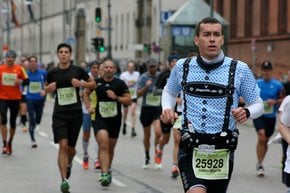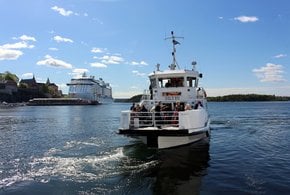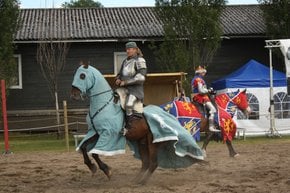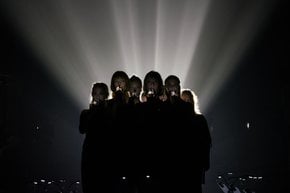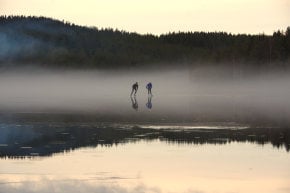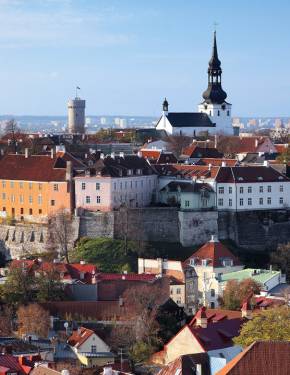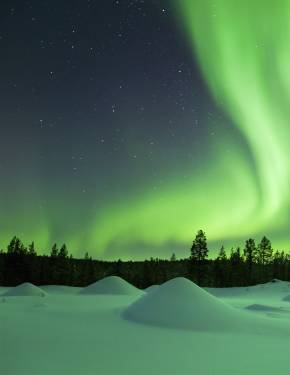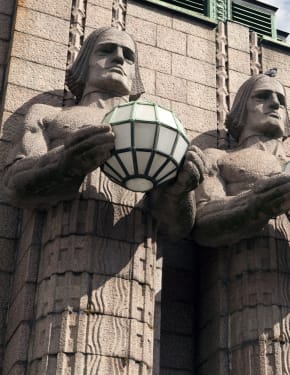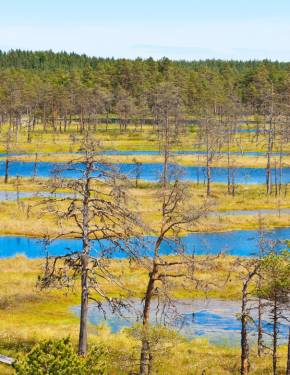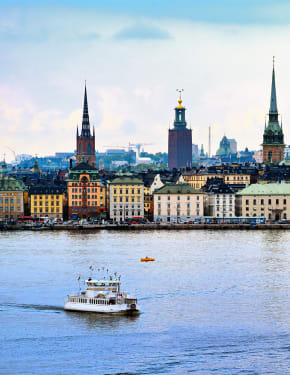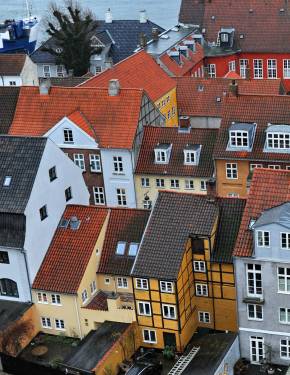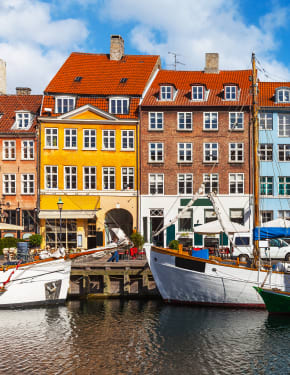Oslo Marathon 2024
The annual marathon attracts more than 16 thousand participants annually
Dates: September 21, 2024
The Oslo Marathon is held annually from late September to early October, offering four distances: marathon, half-marathon, 10 kilometers, and 3 kilometers. The course features a scenic route along the Oslofjord’s shoreline and is notably flat. Marathon participants run the course twice, with both the start and finish lines set at Town Hall Square.
Distances
Participants in the Oslo Marathon can choose from distances of 3 kilometers, 10 kilometers (for Grete's race), half-marathon, and marathon. Additionally, there will be a Children's Activity Day and a Children's Marathon (500 meters). According to the organizers, Danske Bank handles national sponsorships, and the event has seen a participation increase of over 50% from the previous year. This year, the goal is to have 25,000 runners.
Kids Activities
The Sporty Races are designed for children aged 0-13 years. The Sporty Race is for kids aged 6 to 13, while the Sporty Mini Race caters to those aged 0-5. Both races are untimed. These events will take place at Kontraskjæret, with both starting and finishing at Rådhusplassen, located nearby. In addition to the races, children can enjoy the activities at Sportyparken. This fun-filled area features various activities such as athletics exercises, an obstacle course, face painting, ball games, and more, all free to participate in. The activity area will be open from 10 am to 3 pm, with the Sporty Race starting at 11 am and the Mini Run at 12:45 pm.
Registration
The Oslo Marathon offers a range of events for participants of all levels. Registration fees for the various categories are as follows: 150 Norwegian Krone (NOK) for the 10 km Racing Wheelchair category, NOK 650 for the 10 km (Grete’s Race), and NOK 940 for the full marathon.


